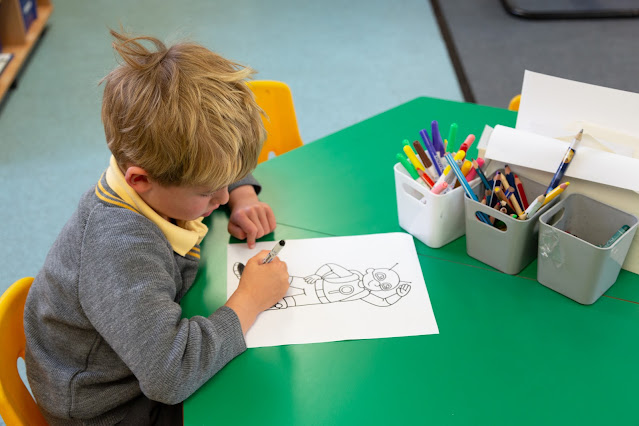We're Going on a Bug Hunt
With half term fast approaching Mr Girvan Head teacher at The Firs School in Chester explains why Forest Schools are growing in popularity and gives his top tips on how to embark on a great bug hunt this half term with the children.
Deeply rooted in Scandinavian and European traditions, Forest Schools have been gaining popularity worldwide, encouraging children to use all their senses to connect with the natural world, fostering a sense of curiosity and independence
Mr Girvan explains, “Forest Schools offer a natural classroom and are a unique and enchanting opportunity to nurture a child's sense of wonder and curiosity about the natural world. We find our children at the Firs School all really enjoy learning and exploring in nature and their visits to our renowned Forest School have become an important part of our school curriculum, not only learning about nature with pond-dipping and den-making, for example, but also for maths and even a Viking raid.
“One of the most captivating aspects of our Forest School at The Firs is the bug hunt, an activity that has children buzzing with excitement. This activity engages the children in discovering the hidden treasures of the forest floor while learning about the incredible biodiversity that surrounds us.”
Here's how you can make a bug hunt a memorable experience for your child:
The Bug Hunt Adventure
Preparation: Ensure your child is dressed appropriately for the outdoors, wearing comfortable clothes and sturdy shoes. Encourage them to bring a magnifying glass, a small container with air holes for bug transportation, and a notebook for observations.
Exploration: Start by exploring the forest environment with your child. Encourage them to turn over rocks, look under fallen leaves, and inspect the bark of trees. Be sure to remind them to treat the environment with care, putting everything back where they found it.
Collection: If your child wishes to collect some of the bugs, do so gently and responsibly. Release them after a brief examination to ensure minimal disturbance to their habitat.
Documentation: Record your findings in the notebook, including sketches and notes about each bug. This not only aids in memory retention but also serves as an educational keepsake.
Discussion: After the bug hunt, engage in a discussion with your child (perhaps over a hot chocolate and marshmallows as a treat). Ask open-ended questions about what they've discovered and encourage them to share their observations and thoughts.
Most of all enjoy the time together, fulfilling that innate curiosity and filling their young minds with exploration and fun.
.JPG)




Comments
Post a Comment